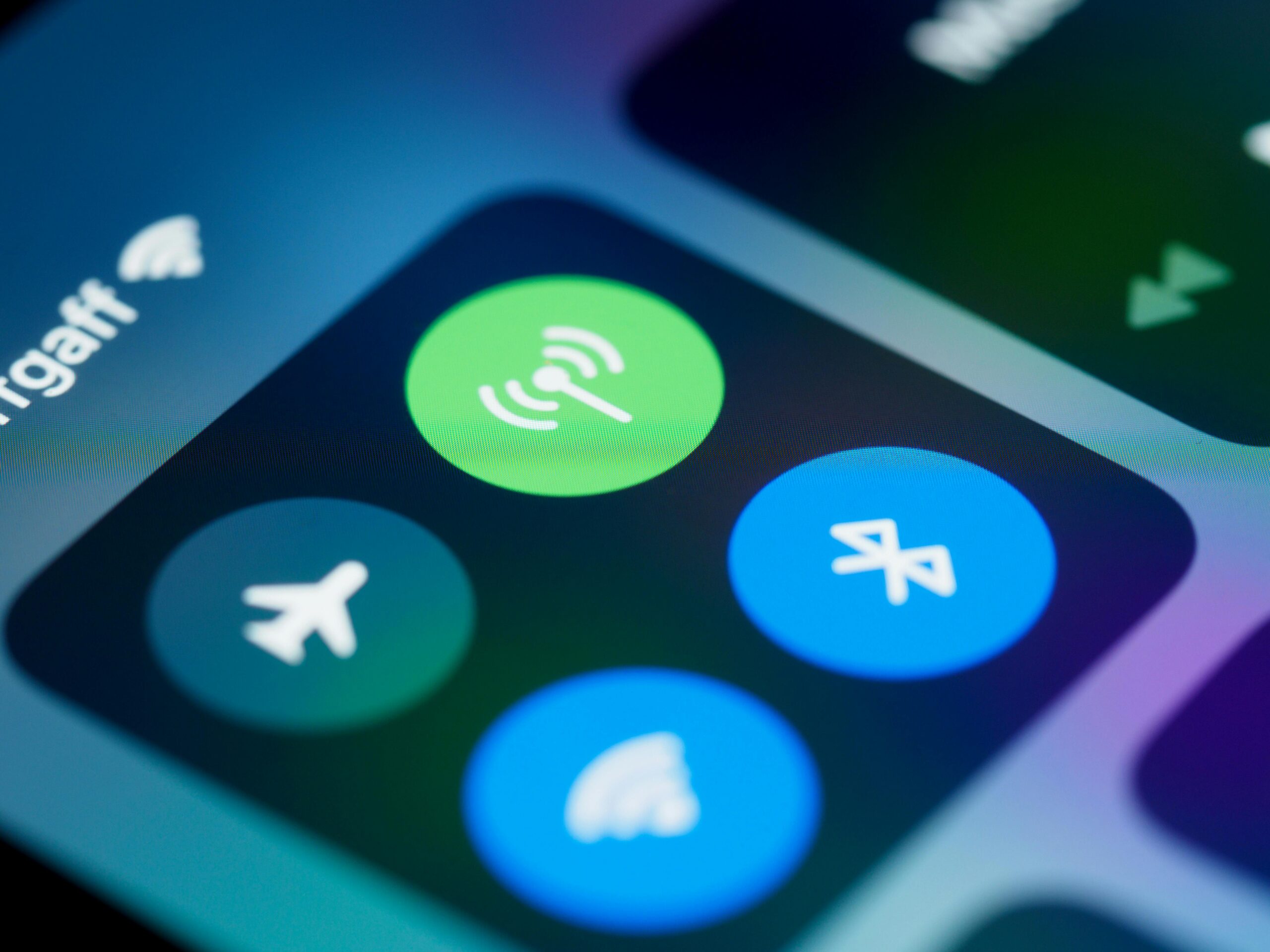
Five Ways IoT Will Impact Your Business This Year
The Internet of Things has gained historic momentum and exposure since the last quarter of 2014. No longer are there differing opinions around viability – general consensus is that IoT is here to stay. Beyond staying power is the staggering amount of growth that is expected in the coming years. If you follow IoT, which you likely do if you’re reading this blog, I’ll just simply reiterate that there will be TENS OF BILLIONS of devices in a market worth TRILLIONS of dollars in the next five years.
But, what about this year? There are five ways that IoT will impact every organization before the year is over.
Network Bandwidth – Gartner predicts that the average enterprise network will see a 28% compound annual growth to bandwidth through 2017 – a demand nearly 20 times larger than what was required in 2012. IDC predicts that by the same year, networks will go from having a surplus to being constrained, forecasting 10% of companies will be overwhelmed. Bottom line, your pipeline is already handling more than imagined with video and application demand, now imagine putting a funnel on it to bring in even more traffic from RF connected devices. This could disrupt business continuity and should be addressed and budgeted for in the short term. Consider also, the incredible network bandwidth 4G/LTE devices bring into the enterprise. I carry an iPad and iPhone, laptop, FitBit, and Bluetooth headset typically. My 2 LTE devices have about 20Mb/s of bandwidth apiece. In a building with 5,000 employees you are talking about 100Gb of potential outbound data leakage via RF.
Data Risks – Big data just got bigger. Corporations looking to connect devices from to the Internet and harvest the data will have to consider what pieces of information are really valuable. This will usher in a new need for analysis, storage, and security. For instance, if your HVAC system collects operational data, do you need to analyze all of it, or just your data centers and other high consumption areas? It remains to be seen just what the impact will be to having so much data once the enterprise looks beyond their industrial infrastructure. Wearables and BYOD devices, whether company issued or brought in by gadget junkies, will mean a steady increase of data moving on the corporate network. Some of this data will contain sensitive information that, if intercepted, could lead to embarrassment or financial loss. Bottom line, corporations must plan for data implications – storage, analysis and not becoming the next Sony.
New Threat Vectors – The news isn’t good, folks. Retail was hit the hardest in 2014, costing Target and Home Depot millions, and this year it’s predicted that healthcare should be ready to claim top spot for data breaches in 2015. With embedded devices and decentralized mobile computing transforming patient health and reducing costs, it’s not surprising that hospitals and medical devices would be prime targets for exploitation. But, the reality is that every connected device presents an opportunity for misuse. Hackers will seek to exploit insufficient security in rushed-to-market products to steal data or spread malware. Corporations and consumers alike should get used to this ‘Brave New World’ where we gladly forfeit security for convenience and efficiency. The mesh foundation of protocols and platforms will just prove to be more opportunity for the bad guys. It will be very important for organizations to know their traffic patterns and be able to quickly react to anomalies. The average breach takes months to discover – and this survey shows that it could be, in part, due to only 20% of companies continuously monitoring their traffic.
Patches – IoT sensors are small and dispersed by design, which is what allows them to spread far and wide like little data collecting honeybees. This compact nature is great for gathering lots of data and intelligence, but it also means that IoT sensor computing power (which affects battery life) must also be small. Because of this, over the air updates are challenging and patches on many IoT devices must be done manually. Unfortunately, when updates require human intervention, there is not only a drain on resources but also an additional layer to consider in patch management policies. The enterprise struggles to keep up with patching today, but in 2020 we are talking about TRILLIONS of patches a year; entrepreneurs note, there’s probably a new startup there ‘GigaPatch’.
Dark IoT – There has been a lot of media around the dark web lately with the prosecution of the founder of Silk Road, a marketplace for just about anything illegal or immoral. The truth is that Silk Road and its variations are just people using the Internet for bad, just as hackers have used exploits for harm. With all good comes some bad, and this is true for IoT. The promise of efficiency, cost savings, and increased convenience also brings forth the prospect of harmful IoT products. For less than $100 you can get an IoT keystroke logger (cleverly disguised as a phone charger) to record the typing from wireless keyboards. This is just the beginning of embedded devices being used as vehicles for wrongdoing.




